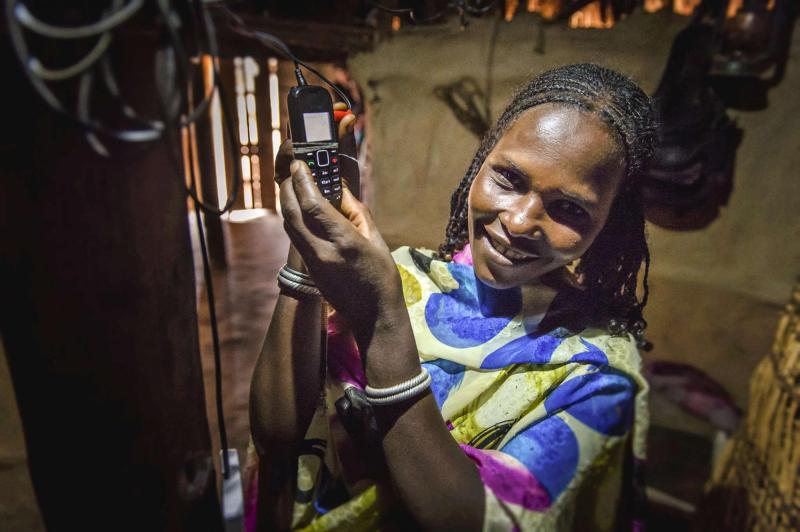News
Doing things differently: innovation in drylands
What are the barriers to scaling innovation in drylands? How can we drive more innovation? SPARC shared its new research on innovation in dryland regions at the Global Landscapes Forum.
Publisher SPARC
SPARC led a dynamic online discussion on ‘Innovative solutions to strengthen resilience in the drylands’ at the recent Global Landscape Forum, as it fostered learning between practitioners about their experiences of innovations in Africa's drylands.
Almost 200 participants took part in a vibrant knowledge exchange on the role of innovation to foster development in drylands, the challenges of scaling innovations in the Horn of Africa, and how to drive sustainable innovation in the Sahel. SPARC presented its Innovation Landscape Analysis - new research (due to be published in July) on the landscape of innovations in drylands and conflict-affected countries in the Horn of Africa and the Sahel.
Participants at the session explored the opportunities and barriers to identifying and evaluating innovation for scaled impact. Four leaders in the innovation space shared their experiences and recommendations on how to scale. The contributors were:
Christabell Makokha - Senior Innovation Advisor at SPARC and current Head of Partnerships and Innovation Lead at Aceli Africa;
Jerioth Mwaura - Technology for Development Advisor at Mercy Corps;
Carmen Jaquez – SPARC Economies, Markets and Livelihoods Team Lead and Senior Advisor for Livestock and Agriculture at Mercy Corps;
Dr. Hassan Bashir - Executive Director of AIID, with extensive experience as an Insurance Practitioner;
Catherine Le Côme - Global Technical Advisor Livestock, SNV;
Rupsha Banerjee - a Social Scientist in Institutions and Innovation at ILRI.
Attendees took part in online polls and Q & As to provide SPARC with insight into their experiences and perceptions of dryland innovations, to be included in the programme’s next innovation landscape analysis. Some of the key highlights that practitioners provided include:
100 per cent of participants who took part in the online polls believed innovators were those people who were ‘willing to test new ways to overcome problems’;
46 per cent of those who voted viewed ‘fragmented innovation systems’ as the biggest challenge to scaling innovation in drylands, while 38 per cent said ‘funding constraints’ were the largest barrier;
One-third of voters said ‘partnerships’ were most important for innovation to scale, while 32 per cent believed it to be ‘the right business model’, and a quarter said ‘a good idea’;
Participants said huge opportunities exist for innovation in the Sahel, and stressed the importance of public and donor funds, and of de-risking private investments;
Attendees highlighted that many innovations are developed in urban areas far from end users in dryland regions. Practitioners stressed that innovations need to be more inclusive of pastoralists and agro-pastoralists by taking a more human-centred approach to innovation design.
The event was part of the SPARC Innovation Research Facility - ongoing knowledge generation on which interventions can strengthen the livelihoods of pastoralists and agro-pastoralists in dryland regions affected by conflict.
Help us to expand the SPARC Innovation Landscape Analysis and Innovation Research Facility. Share your experiences of innovations with us by filling out this form here or contact SPARC directly by emailing us here.
Follow us @SPARC_Ideas

Jilo Tuke Dureti, from Dabassa Jaldessa, Somali Region, Ethiopia, uses a solar light and cell phone charger to light her home and charge neighbours' phones for a small fee, further increasing her ability to be self-sufficient
Credit Image by Sean Sheridan / Mercy Corps
